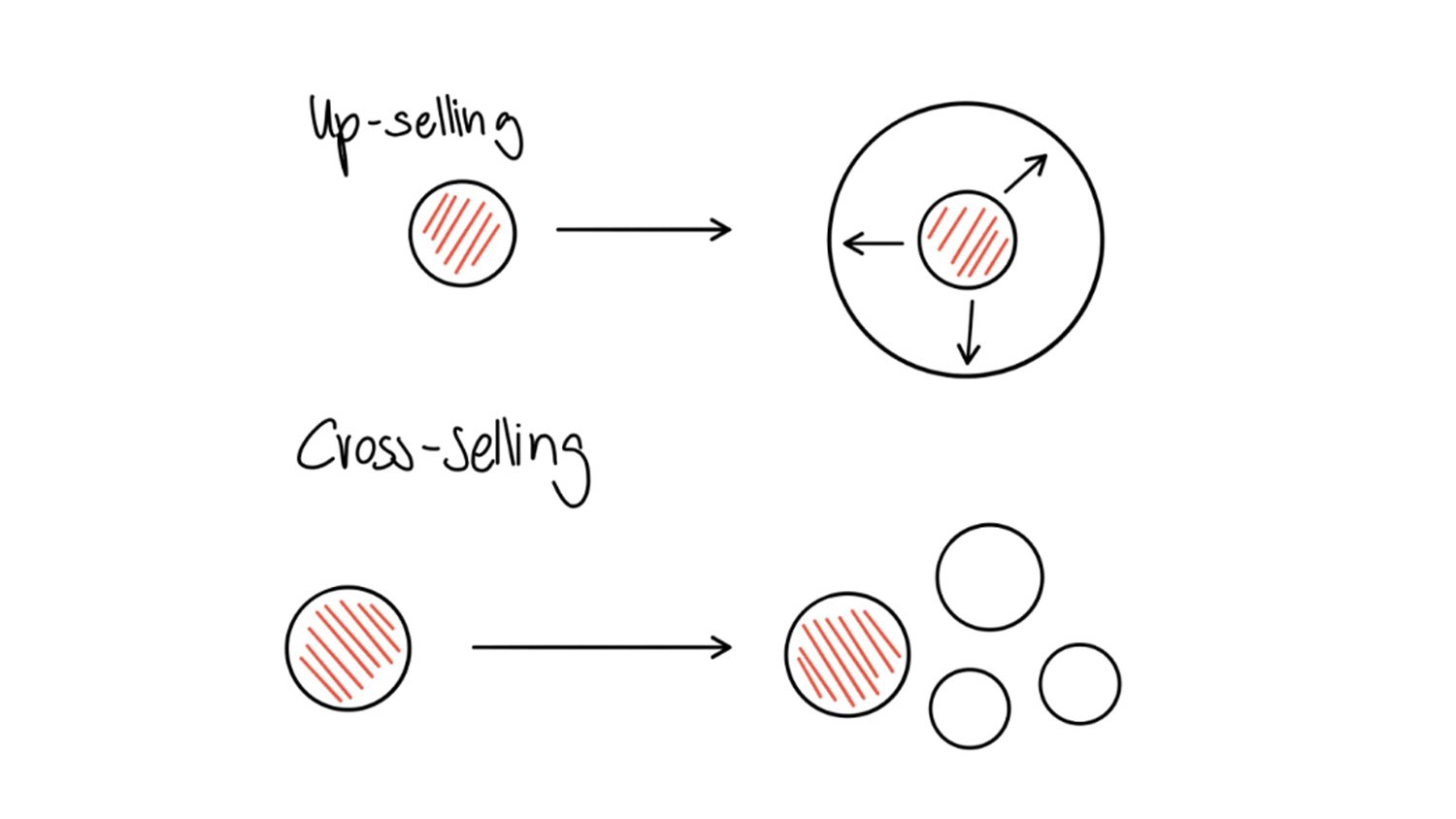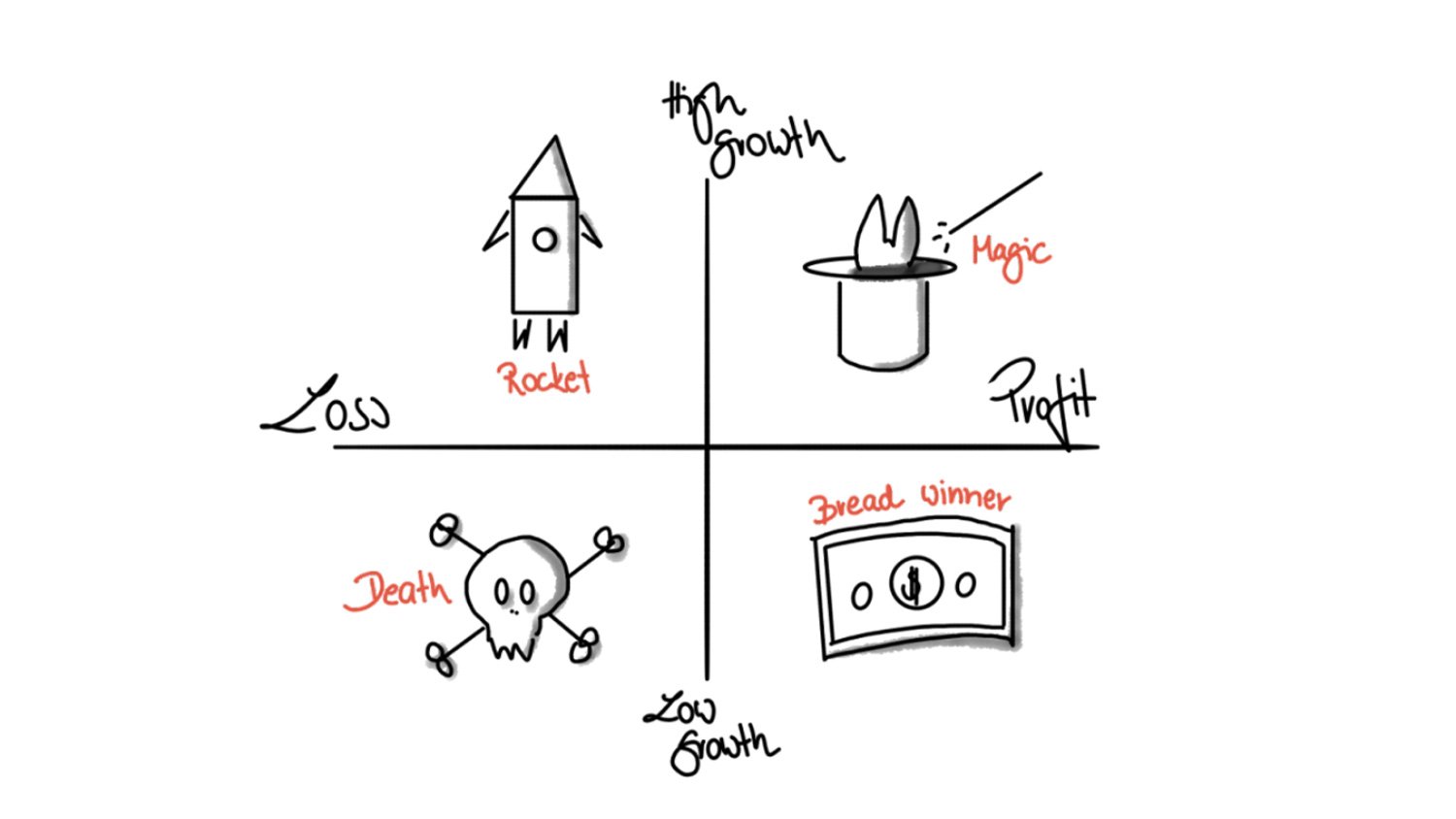Need to Pivot from Growth to Profitability? You’re Not Alone
I’ve observed a trend over the past few weeks. There seems to be a major shift in the business world. In the past, the best growth stories have attracted senior leadership and investors.
But this no longer seems to be the case.
In 90% of the coaching sessions I’ve had with product leads over the past few weeks, we’ve discussed how to “pivot” their product strategy from a growth story to a profitability case. Since this has come up so often, I wanted to share some thoughts on why I think this is happening and what this means for other product leaders out there.
First, let’s briefly consider why we’re seeing the shift to profitability over growth. I imagine there are a number of factors at play here, which include:
The instability in the political situation on the planet
Shortages in various industries (brought on by the war, the pandemic, and the climate change crisis)
Sponsors, shareholders, and investors want to play it safe and are succumbing a bit to the herd mentality
So what does this mean for you as a product leader?
First of all, you want to understand where you are at. I assume you have access to your product's business case and fully understand the mechanics. If not: Now is the time to do your homework. Once you understand it, figure out how far out your product is from profitability and where it needs to be to contribute to the overall company goals.
Now you have your delta and can start a “closing the gap” discovery. It is more important than ever to de-risk every initiative/feature/change you are planning to make and confirm that it helps you close the gap. My article on “Assessing Opportunities” might be a great read if you want to learn more about how to do that.
And here are a few other steps that could help you expand your idea backlog:
Review your offer
Are you in the position to increase your pricing? Many companies have already raised their prices (“to keep up with inflation”) and you might be able to do this as well without losing customers. But do your research before doing so: a bit of industry benchmarking and customer interviews (what is the real value we deliver with our product?) will serve you well to not aim too high. And you could think about adding price tiers (good/better/best models). People tend to pick the mid-level tier and that might be slightly higher priced than your current offer. Check out this article by Marc Emmer for more on this topic.
Sell (more) to your best customers
Consider up-selling (a bigger package), cross-selling (additional products or services), and diversifying your product portfolio. I know this is easier said than done, but I’ve often seen teams find great things to add to their products in a relatively short amount of time when they’ve been thinking outside the box. If you want to embark on that journey, make sure you find a group of people from diverse backgrounds ready to invent on behalf of the user.
Manage your costs
Understand where your cost is coming from. For example, do you know your average cost for a sprint/iteration, considering salaries,office rent, etc.? Review your staffing, sales, and marketing costs for your product. Buy more effectively from vendors and negotiate prices if possible.Many companies tend to cut staffing costs way too early and if they had looked closer and really understood the business case and cost structure, they could have found better ways to save money. Letting people go should be the last option: You’ve spent so much time in finding, hiring, and onboarding your team members and they invested a lot of time and energy to get to a state where they know and trust each other. So lay-offs will not only hurt the team morale, but what looks like a quick cost win is usually expensive down the line.
Concentrate your sales offers
Differentiate between high sales and high profit, high sales and low profit, low sales and high profit, low sales and low profit—and figure out where your biggest lever is. You can significantly boost your profitability by nurturing customers that provide high profit on low sales. And if customers are providing low profit from high sales, you can maybe revise pricing to generate more revenue from them.
Partner to share risks
Every product person hates the “make or buy/partner” discussion. We like to build things from scratch to meet the needs of our customers as much as possible. But now may be the time to consider strategic partnerships.
Closing thoughts
Let me sum this all up and close with this great illustration by Ryan Holmes that I redrew: If investors and senior leadership have been applauding your hockey stick growth product strategy no matter the cost (in short, they were looking for the rocket ships) they are most likely to ask you about a bread-winner product strategy soon. So you’d better start doing your homework today!

